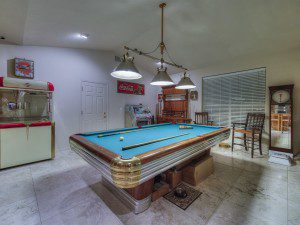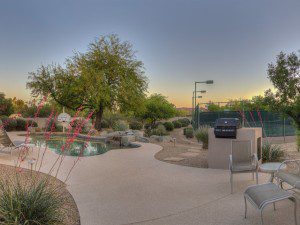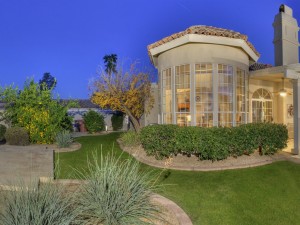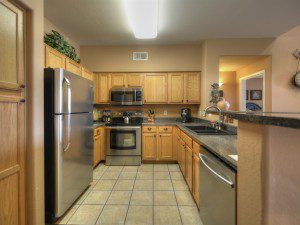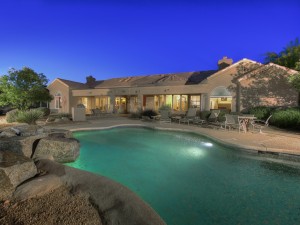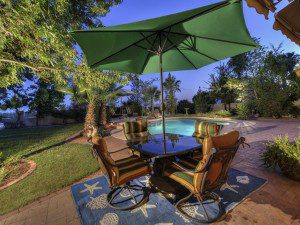 By Joe Szabo, Scottsdale Real Estate Team
Today, in many markets, homes move quickly, often with multiple offers. Some homes, called “pocket listings,” sell before even hitting the market. It can be an all-out war for competitive buyers, and some will go to great lengths to win.
Here are three tips for going the extra mile to make sure you come out the winning bidder.
By Joe Szabo, Scottsdale Real Estate Team
Today, in many markets, homes move quickly, often with multiple offers. Some homes, called “pocket listings,” sell before even hitting the market. It can be an all-out war for competitive buyers, and some will go to great lengths to win.
Here are three tips for going the extra mile to make sure you come out the winning bidder.
3 Extreme Home-Buying Tactics to Get the House You Want By Joe Szabo, Scottsdale Real Estate Team
 By Joe Szabo, Scottsdale Real Estate Team
Today, in many markets, homes move quickly, often with multiple offers. Some homes, called “pocket listings,” sell before even hitting the market. It can be an all-out war for competitive buyers, and some will go to great lengths to win.
Here are three tips for going the extra mile to make sure you come out the winning bidder.
By Joe Szabo, Scottsdale Real Estate Team
Today, in many markets, homes move quickly, often with multiple offers. Some homes, called “pocket listings,” sell before even hitting the market. It can be an all-out war for competitive buyers, and some will go to great lengths to win.
Here are three tips for going the extra mile to make sure you come out the winning bidder.

 For example, a mix of pillows in red, white and blue prints that aren’t necessarily patriotic is a great way to add some subtle Americana touches. Items that hint at American history like the barn light and steer print are also great unexpected additions.
Embrace the “Land of the Free” this summer and mix up your decor with a bit of classic Americana style.
Please note that this Scottsdale Real Estate Blog is for informational purposes and not intended to take the place of a licensed Scottsdale Real Estate Agent. The Szabo Group offers first class real estate services to clients in the Scottsdale Greater Phoenix Metropolitan Area in the buying and selling of Luxury homes in Arizona. Award winning Realtors and Re/MAX top producers and best real estate agent for Luxury Homes in Scottsdale, The Szabo group delivers experience, knowledge, dedication and proven results. Contact Joe Szabo at 480.688.2020,
For example, a mix of pillows in red, white and blue prints that aren’t necessarily patriotic is a great way to add some subtle Americana touches. Items that hint at American history like the barn light and steer print are also great unexpected additions.
Embrace the “Land of the Free” this summer and mix up your decor with a bit of classic Americana style.
Please note that this Scottsdale Real Estate Blog is for informational purposes and not intended to take the place of a licensed Scottsdale Real Estate Agent. The Szabo Group offers first class real estate services to clients in the Scottsdale Greater Phoenix Metropolitan Area in the buying and selling of Luxury homes in Arizona. Award winning Realtors and Re/MAX top producers and best real estate agent for Luxury Homes in Scottsdale, The Szabo group delivers experience, knowledge, dedication and proven results. Contact Joe Szabo at 480.688.2020, 